"The outrage was ridiculous": How Raven Software made one of the most controversial shooters of its time with Soldier of Fortune
Discover how Call of Duty: Warzone developer Raven Software created an FPS that would become embroiled in controversy
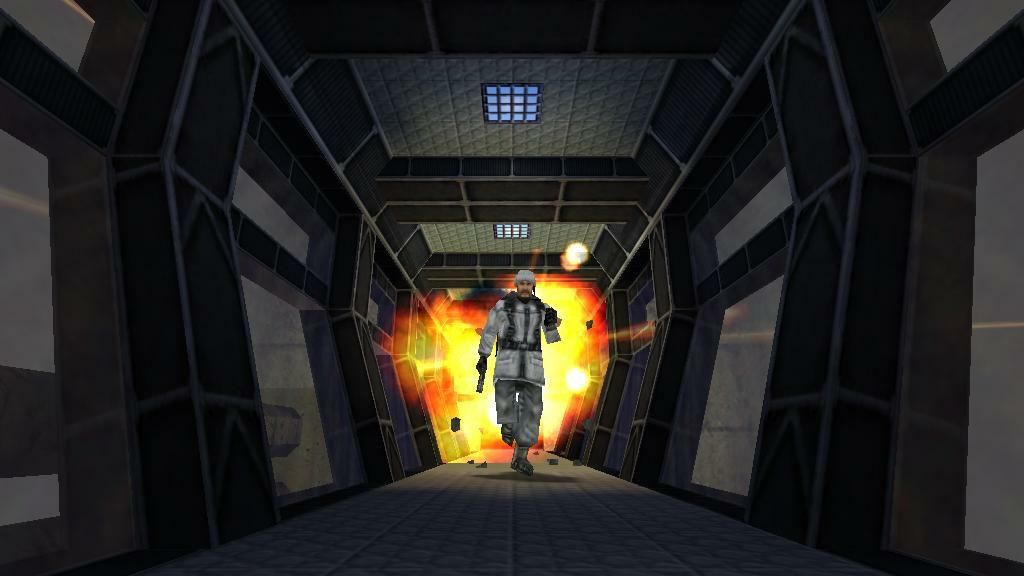
The pitch for Soldier Of Fortune was bizarre. If you were told you were going to be making a game based on a licence, you might expect a superhero like Batman, or a well-known movie franchise like Terminator. Instead, Raven Software got a magazine. As if that wasn't unusual enough, Soldier Of Fortune was a magazine about the niche subject of mercenaries and war, little known in the mainstream save perhaps for brief eruptions of notoriety during the instances it was taken to court for contract killings that had been arranged through advertisements in its pages in the Eighties.
Dan Kramer, who worked on Soldier Of Fortune as assistant programming director, reveals that he and many of his colleagues were bemused when they found out they would be making a game based on a mercenary magazine. "If I recall, Raven were wrapping up Heretic II and were looking at what they were going to do next. One day, Brian Raffel [Raven cofounder] came in and told us that Activision had acquired the Soldier Of Fortune licence and that we were going to make a game. Quite honestly, I don't think any of us really knew what to do at first. If any of us had even heard of it, all we had heard was it was a magazine. A print magazine? We're like 'How does that even translate into games?' It was a surprise."
Nevertheless, the team was determined to make it work. "Licensed games had a bad reputation," Dan recalls. "You make a crappy game and then slap a licence on it and hope it sells, was how they were viewed. We were keenly aware of that, but Raven has a lot of pride in the work it does and so we were not about to just, I'll say 'shit in a box', because that was the expression we used, and then send that out to the stores. We wanted to make something we were proud of."
Dan tells us that the team went through a couple of iterations in the early stages of development, swerving from a more traditional shooter approach to something inspired by the then recently released Rainbow Six, where players would have to plan a squad's entry to a building, before changing courses again. "What really solidified it, gave us some direction, was when we found out about John Mullins."
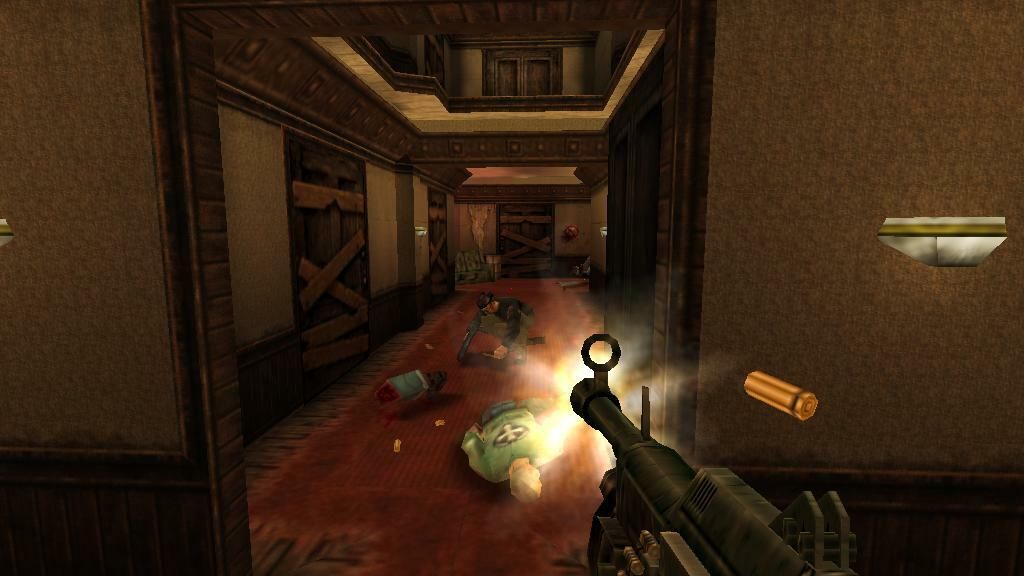

If you want in-depth features on classic video games delivered straight to your doorstop, subscribe to Retro Gamer today.
John Mullins is not only the name of the main character in Soldier Of Fortune, but a real person. A former Special Forces soldier who fought in the Vietnam war, before moving into mercenary work in the Eighties, John would became something of a face for Soldier Of Fortune.
"It was the Soldier Of Fortune magazine team who recommended John as a consultant," Soldier Of Fortune project coordinator Eric Biessman says on how Mullins became involved. "He came to Raven and spent a good deal of time with the team discussing his career, and sharing how people react in combat situations, how they trained, the best way to approach a situation – you name it. It was incredible to be able to sit down and just listen to him speak."
"Once we had that person to focus on, it kind of built a character that we could say 'OK we can make a game around that,'" says Dan. John and the credibility he lent to the game as a result of his real-life experience as a soldier was front and centre of the game's marketing, so it would be fair to question to what extent he actually had an impact on the game's development and to what extent that was all just marketing fluff.
Sign up to the GamesRadar+ Newsletter
Weekly digests, tales from the communities you love, and more
"He certainly was a marketing thing, but he did come out to the office a couple of times," Dan replies. "We were pushing so-called realism at the time, so there were conversations about how this would actually work in the real world. Whether we actually consulted him about where to place cover or anything like that, no. We might have asked him for ideas for weapons. I think he might have had something to do with that."
Shoot to kill
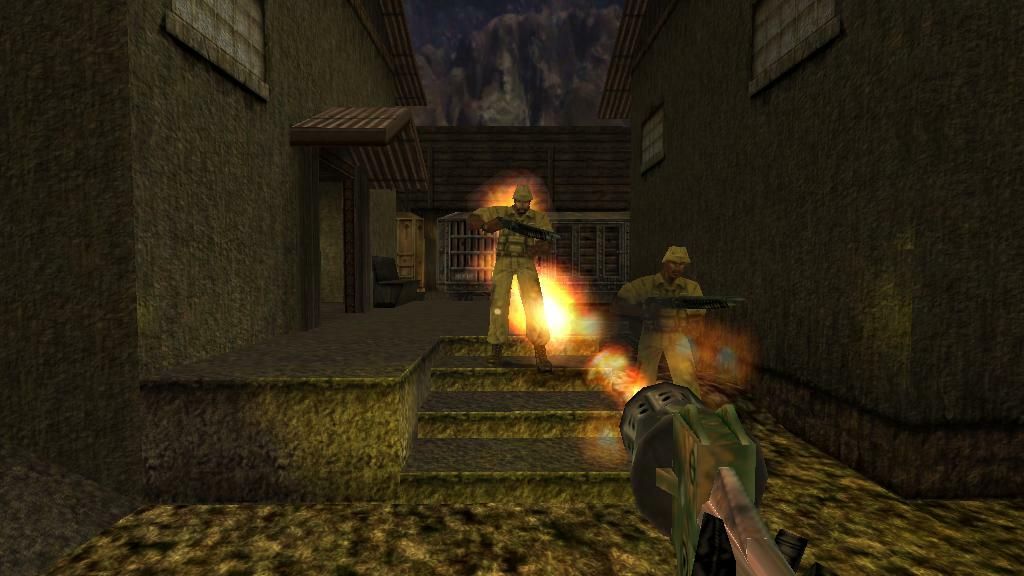
The other headline feature of Soldier Of Fortune was the technology that could read which part of an enemy's body you were hitting and have them react accordingly, an innovation that is attributed to Gil Gribb. "He had come up with the GHOUL system where he would take a model and break in down into sub-locations, which to my knowledge, had never been done before in a shooter," says Dan. "The closest at the time that I was aware of was a Quake mod called Action Quake II and that was nothing like we were able to do where we were able to say whether you hit someone in the head, or the knee, or the foot."
"I can tell you from the perspective of using it we definitely had to do things that I don't think had ever been done on the art side of things," Dan says on the complexity of implementing the new system. "All of our artists had to designate which triangles on the model belonged to which zone, so we had to come up with a whole scheme of how many zones are we going to have."
"With being able to shoot limbs off we had to come up with a system that detected, 'OK, well if I'm going to blow a leg off, then I'm going to have to turn off the leg and then put on a cap or something to cover up the hole in the model, and maybe attach a bit of bone, and then also spawn in another copy of the character except with everything but the leg turned off next to it.' Then there were animation concerns. So there was a whole lot of stuff that I don't think other shooters had to deal with at that time."
"Once we had it, we knew it was cool. I would spend just hours playing around with what we could do with it and talking to the animators about what kind of animations we could make. I remember spending quite a bit of time on some of the special case deaths, like the groin shots, obviously, the real crowd-pleaser. This was, at the time, revolutionary. We knew that people were going to find it different, we hoped cool. Obviously, there were some people who didn't think it was quite so cool."
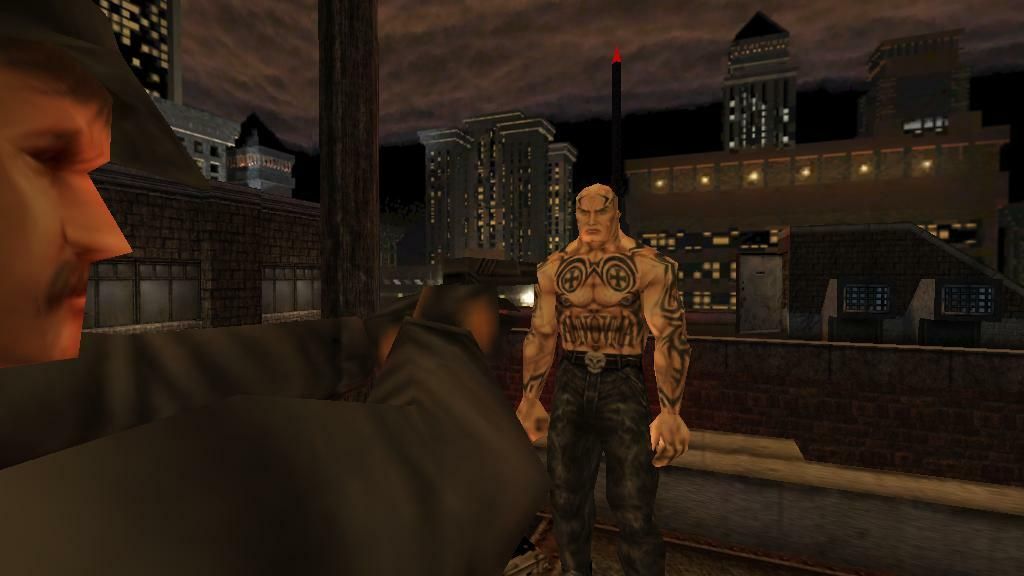
Soldier Of Fortune's GHOUL system and the flexibility it offered when it came to blowing off limbs and playing special case death animations led to the game attracting a great deal of controversy, up to and including being rated as porn by the British Columbia Film Classification Office. Dan tells us that the team had anticipated that some people would not like the violence in the game, preparing a non- violent version to sell in territories traditionally hostile to more violent games in anticipation, but that they were still surprised at the level of kickback the game faced on release.
From Mortal Kombat to Grand Theft Auto, there are multiple examples of controversy helping games when it comes to sales and in the year 2000, when Soldier Of Fortune came out, we were at a high point of videogames coming under attack from politicians, media commentators and other critics who were blaming the likes of Doom and GoldenEye 007 for school shootings. How did Raven feel about becoming embroiled in this mire? Were they scared? Were they relishing the prospect of a GTA-esque sales bump?
"They say no publicity is bad publicity, but we certainly didn't set out to make people angry, so on that side of it I didn't feel good about it," Dan reflects. "I can say that I've written code that Joel Lieberman, who at the time was a senator, specifically called out as, and I'm paraphrasing here, something that would lead to the downfall of Western civilisation. It was kind of terrifying, but also kind of cool. I personally thought the outrage was ridiculous. It was hypocritical. There is violent media in all forms, because violence has been a part of the human experience since it began. It was clear that there were some people out there who were trying to either build their career or further their career by clutching their pearls."
Future fortunes
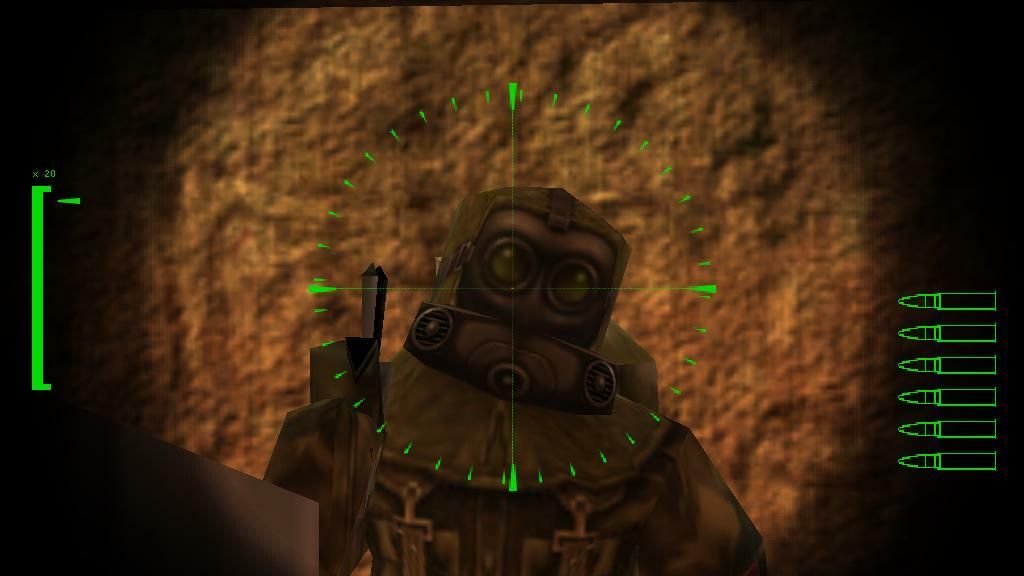
The attention that Soldier Of Fortune got because of the GHOUL engine and its violent elements has meant that other aspects of the game perhaps didn't get the attention they deserved. Soldier Of Fortune experimented with various ideas that felt original at the time, and some would go on to be industry standards. The game had you picking a loadout before you went into a mission, well before Call Of Duty popularised that system; it implemented a lean mechanic to let you look around corners; enemies dived and rolled to make them dynamic targets, a move Dan says was championed by gameplay programming director Nathan McKenzie.
The game's multiplayer even featured a system (originally planned to be included in the single-player but later removed) where your abilities would be impacted by where you got hit, leg shots slowing you down and arm shots affecting your aim, a pioneering example of the 'realistic deathmatch' mode. Eric explained that all this and more, from the rolling, the GHOUL system, to the design of levels, was dictated by an overarching vision.
"We wanted players to feel like they were the heroes of a movie. We had grown up with stars like Arnold Schwarzenegger, Sylvester Stallone, Chuck Norris and Clint Eastwood. We'd seen them be the one-man army that saves the day and takes out the bad guy in whatever way they had to. Everything was rooted in that idea of action movie hero – we kept the movement reasonably fast, the weapons powerful and deadly, and the enemy interactions set so that there was small pacing breaks, but not at the cost of that action movie speed and adrenaline ramp."
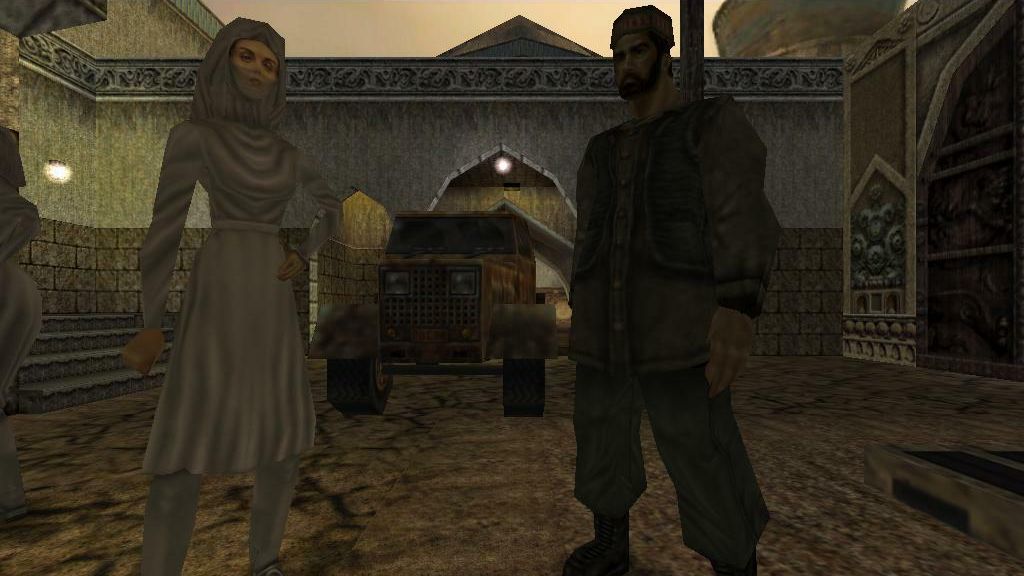
"We certainly didn't set out to make people angry."
Dan Kramer
"We also really wanted the player to feel like they were fighting against a somewhat intelligent enemy. The abilities that we gave to the enemy AI were there to help root the player in the fictional world and offer new gameplay but still feed into the core of the hero gameplay."
Dan tells us this all came together in the first two levels the studio made – the first in a New York subway, the second on a moving train – which set the tone for the game. "I didn't know it at the time, but it was kind of a green-light process, to convince ourselves, Activision and the people we were showing it that, yeah, this game is for real."
From a confusing magazine licence, to real-life mercenary John Mullins, to an action movie ethos, the studio found a way to make Soldier Of Fortune work. Soldier Of Fortune has tended to be defined by the controversy that surrounded the GHOUL system and its accompanying violence. While we shouldn't downplay the significance of that in terms of the game's success and legacy, it's perhaps worth adjusting our perspective on it. This is a game built by a team who got given a strange concept and tried their best to make something good out of it. This included violence, but it also represented an earnest attempt to do new things that resulted in a distinct, globe-trotting action game.
This feature first appeared in Retro Gamer magazine issue 219. For more excellent features, like the one you've just read, don't forget to subscribe to the print or digital edition at MyFavouriteMagazines.
Retro Gamer is the world's biggest - and longest-running - magazine dedicated to classic games, from ZX Spectrum, to NES and PlayStation. Relaunched in 2005, Retro Gamer has become respected within the industry as the authoritative word on classic gaming, thanks to its passionate and knowledgeable writers, with in-depth interviews of numerous acclaimed veterans, including Shigeru Miyamoto, Yu Suzuki, Peter Molyneux and Trip Hawkins.



